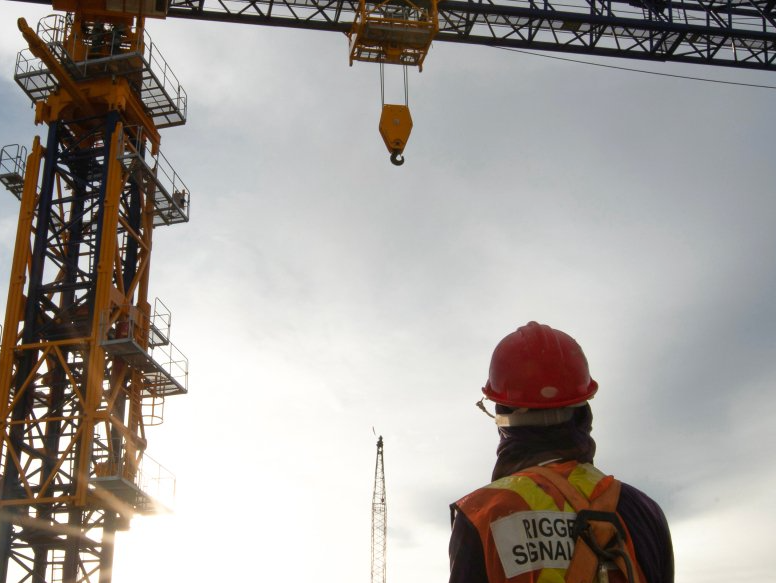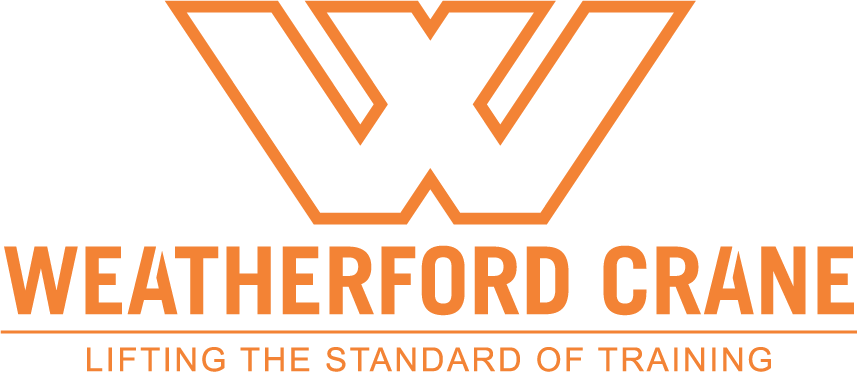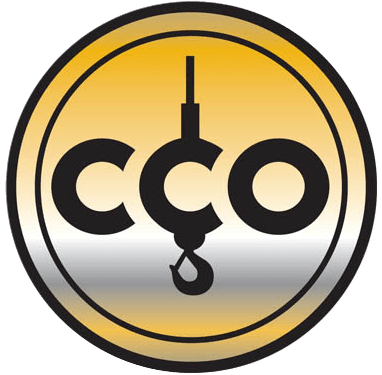QUALIFIED RIGGER & SIGNALPERSON TRAINING
A Certified Rigger is a person who has been trained and certified to handle and move loads. Our Signal Person Certification Program provides candidates with the knowledge they need to safely and effectively perform tasks on the job site.
RIGGER / SIGNALPERSON
- Meets OSHA qualification standard for rigging and signalperson.
- Includes written and practical training and testing
- 8 to 12 hours depending on number of candidates
- Qualification compliance card issued by Associated Training Services upon successful completion
SIGNALPERSON
A Signal Person is an individual who works alongside a crane operator to help him/her navigate the environment. This job is extremely important, as it ensures safety on the job site and allows the Crane Operator to perform his/her essential functions to the best of his/her ability. A Signal Person is required when the Crane Operator does not have access to a full view due to limitations or obstructions. Given the crucial nature of the Signal Person’s position, it is important that he/she is certified and trained properly.
Examinations
In order to become NCCCO Certified, Signal Person candidates must successfully pass the NCCCO written and practical examinations. Third Coast Crane & Rigging will handle the entire registration process and set each candidate up for success through our classroom-style preparatory course and technical training. NCCCO Signal Person Certifications are valid for a period of 5 years.
- Roles, responsibilities, and requirements of a Signal Person
- Voice and hand communications
- Tower, mobile and overhead crane functions
- Assessment with written and practical tests
- Requirements and potential hazards associated with energized power lines
- Understanding of audible signals
- Use of proper hand signals
- Crane operation limitations created by capacity limitations, operation quadrants, radius, load drift, boom angle, boom deflection, two-blocking, side loading, dynamic loading, etc.
- Responsibilities concerning use of personnel platforms
- Crucial information regarding crane operation and rigging
- Use of current OSHA and ASME regulations and standards



